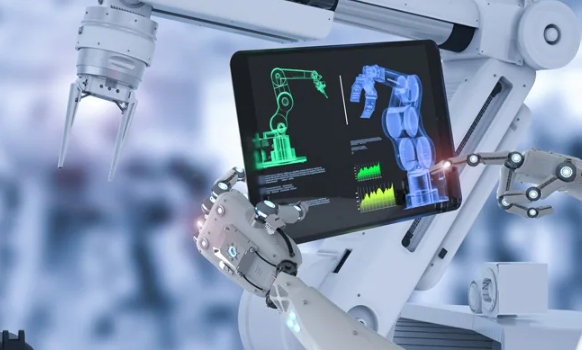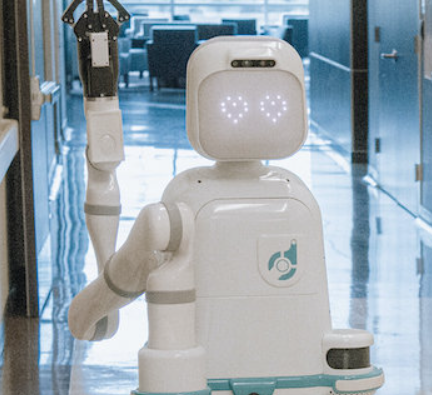
In recent years, the convergence of robotics and advanced data-driven technologies has given rise to a new breed of intelligent machines. These are not just programmed tools—they’re learning systems capable of adapting and improving with experience. At the heart of this evolution is machine learning, a pivotal component of artificial intelligence that empowers robots to grow more autonomous, responsive, and efficient.
Understanding Machine Learning in Robotics
Machine learning enables computers to recognize patterns in large datasets and use those patterns to make decisions or predictions. In the context of robotics, this means a robot can analyze its surroundings, learn from them, and refine its actions accordingly—all without explicit programming for every scenario.
To put it simply, a machine learning robot gathers information through its sensors, processes that input, and then adjusts its behavior to suit the environment. Whether it’s navigating a warehouse, monitoring a facility, or assisting in a hospital, these robots can handle increasingly complex tasks thanks to their ability to learn from data rather than following rigid instructions.
Deep Learning’s Role in Enhancing Robotic Intelligence
Deep learning is a specialized approach within machine learning that utilizes neural networks to simulate the decision-making ability of the human brain. These multi-layered networks enable robots to analyze high-level data like images, sounds, and language with remarkable precision.
Through deep learning, robots gain the ability to detect objects, interpret spoken language, and even understand the context of their environment. As these systems mature, they require less human oversight and become increasingly capable of making independent judgments in real-time situations.
Real-World Applications of Learning Robots
As machine learning continues to advance, robots are being deployed across various industries with impressive results:
- Maintenance and Surveillance: Robots equipped with learning algorithms can efficiently perform inspection routines, predict failures, and adapt their behavior based on recurring patterns.
- Manufacturing: In factories, learning robots improve production efficiency by mastering intricate assembly tasks, reducing error rates, and adjusting workflows on the fly.
- Healthcare: These robots assist surgeons, support diagnosis, and enhance patient care by personalizing interactions based on learned data trends.
Across these applications, the key advantage is the robot’s ability to evolve. As they accumulate experience, their performance improves, making them more reliable and valuable over time.
Distinguishing AI from Machine Learning
Though often used interchangeably, artificial intelligence and machine learning are not the same. AI refers to the broader concept of machines performing tasks that typically require human intelligence—things like decision-making, language understanding, and problem-solving.
Machine learning is a subset of AI that focuses specifically on systems learning from data. It’s the method through which machines refine their behavior, without being manually programmed for each function. While AI can deal with a wider range of data types, machine learning is particularly effective in scenarios that involve pattern recognition and predictive modeling.
Is One Better Than the Other?
Rather than comparing which is superior, it’s more accurate to understand their relationship. Machine learning is a tool within the larger AI toolkit. AI sets the vision for intelligent machines, and machine learning is one of the primary ways to achieve that vision.
In essence, machine learning makes AI practical. It powers many of the advancements we associate with smart technologies today, from recommendation systems to autonomous vehicles.
Final Thoughts
Machine learning is reshaping robotics, pushing the boundaries of what machines can do on their own. These intelligent systems are not only enhancing how robots function but also redefining how they interact with people and the environments they operate in.
As the integration between robotics and machine learning deepens, we can expect machines that are not only more capable but also more adaptable—better suited to respond to the complex, ever-changing demands of modern life. This synergy holds immense promise for the future, driving innovation across countless sectors and making intelligent automation a cornerstone of tomorrow’s technology.












